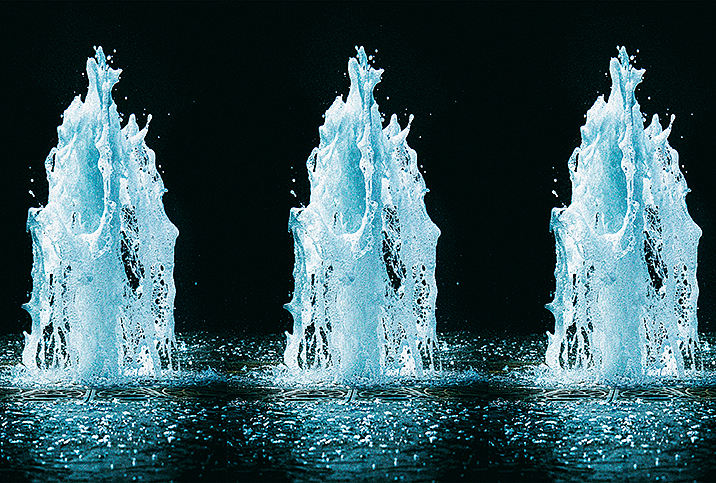Are 'Blue Balls' Real?

The phrase "blue balls" has long been interchangeable with "sexual frustration"—and men have for just as long used it as justification to progress sexual interactions toward their ultimate end. But is it just an excuse to get off or an actual condition?
The short answer: Yes, it's real, but it's not exactly a "condition," at least not one anyone needs to worry about. Technically, it's called epididymal hypertension.
How does it happen?
For those who might enjoy a quick vocabulary lesson, the epididymis is a long, coiled tube that stores sperm in the testicle. And hypertension happens when the force of the blood pushing against the walls of your blood vessels rises too high. But unlike with high blood pressure, which occurs within arteries that carry blood to and from the heart, this is all happening in your balls.
When men get turned on, the parasympathetic nervous system, which manages the body's responses when you're relaxed or resting, dilates blood vessels leading to the penis and scrotum, increasing blood flow to those areas, explained urologist Judson Brandeis, M.D.
"This increased blood flow is a normal part of sexual arousal and is important in achieving and sustaining an erection,” added Luke Pratsides, the lead general practitioner at Numan, a digital healthcare provider for men.
During orgasm, the sympathetic nervous system, which is responsible for rapid, involuntary responses, discharges, causing the blood vessels of the penis and scrotum to constrict or narrow, Brandeis said. That constriction of the vessels reduces blood flow to the area, allowing everything to return to normal post-ejaculation, Pratsides explained.
The issue with blue balls lies somewhere in between: When there's no climax, your genitals are full of excess blood flow. Without release, "the blood vessels around the testicles remain enlarged, causing them to increase in size, become heavy and lead to discomfort," Pratsides said. Together, those effects contribute to that telltale ache.
One important note: Despite what the name implies, your sac doesn't actually turn blue—although you may notice a slight bluish hue, Brandeis said. (That's the color of deoxygenated blood in your body.) The two main symptoms associated with blue balls are extended sexual arousal without release—there's no good guideline for how long is too long, Pratsides said; it will vary from person to person—and an aching pain in the testicles.
By the way, people with penises aren't the only ones who experience this sensation—those with vaginas may suffer "blue vulva," an almost identical scenario in which blood rushes to the nether regions during arousal, then lingers if climax isn't achieved.
Balls of a different color
Unfortunately, there's no proven way to make blue balls go away faster—scientists are a little busy on more life-threatening sexual health issues. However, if you can't get off with your partner or by masturbating, you could opt for a quick workout instead. Exercise improves your body's circulation, which could divert the blood stuck in your scrotum to other parts of your body, like skeletal muscle, Brandeis said.
Of course, there's also the good ol' cold shower. Frigid temperatures act as a vasoconstrictor, making the vessels shrink, Brandeis said, so blood doesn't pool in the scrotum. The less blood can flow to the genitals, the more relief you'll feel. (A bag of frozen peas works just as well.)
Once ejaculation has occurred or arousal has diminished, the pain or discomfort should go away within minutes or hours, Pratsides said.
But "if you experience severe persistent pain and swelling in the testicles, then it's important to seek urgent medical care through your local emergency department," he added. "This is likely a sign of something more serious than epididymal hypertension, like testicular torsion."
Even if the sensation feels real, blue balls are generally nothing to stress about—and there's certainly no reason to pressure your partner to go further than they want to go. The simplest solution: Just take matters into your own hands.

















